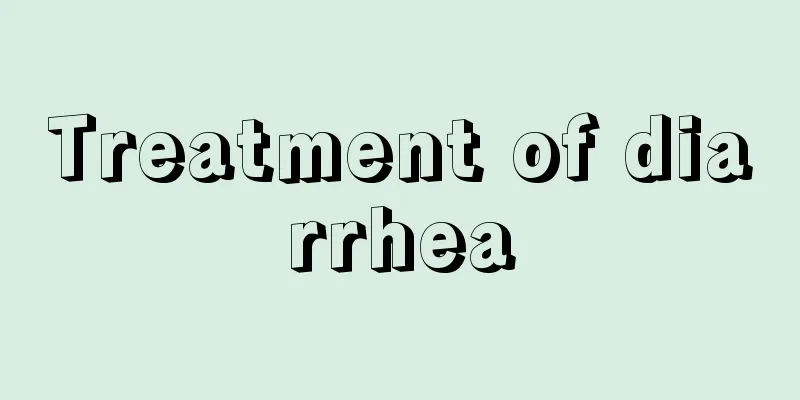The role of electrolytes in the human body

|
In addition to a lot of water, the human body also has a wide distribution of electrolytes, which are an important component of the human body. Electrolytes also play a critical role in the human body. Simply put, electrolytes maintain the balance of elements in the human body and play a role in maintaining the integrity of the entire cell function and structure. Our bodies need activity, especially since the body contains a lot of water. Once it is lost, it will cause damage to the organs. The role and balance of electrolytes in the human body Electrolytes play an important role in the human body. So what form do electrolytes exist in the human body? Water and electrolytes are widely distributed inside and outside cells, participating in many important functions and metabolic activities in the body, and electrolytes play a very important role in maintaining normal life activities. The distribution of electrolytes in the human body is as follows: In a normal human body, sodium ions account for 92% of the total cations in the extracellular fluid, and potassium ions account for about 98% of the total cations in the intracellular fluid. The relative balance of sodium and potassium ions maintains the integrity of the function and structure of the entire cell. Disorders in water and electrolyte metabolism can cause corresponding disorders in the physiological functions of various organ systems throughout the body, especially the cardiovascular system and nervous system, and the body's material metabolism, which can often lead to death in severe cases. The balance of water and electrolytes is regulated by the nervous system and certain hormones, and this regulation is mainly achieved through the influence of nerves, especially some hormones, on the kidney's processing of water and electrolytes. 1. The role of thirst There is a thirst center on the side of the supraoptic nucleus of the hypothalamus. The main stimulus that excites this center is the increase in plasma crystal osmotic pressure, because this can dehydrate the nerve cells of the thirst center and cause thirst. When thirsty, people want to drink water. After drinking water, the plasma osmotic pressure drops back and the thirst disappears. In addition, the reduction of effective blood volume and the increase of angiotensin II can also cause thirst. 2. The role of antidiuretic hormone Antidiuretic hormone is mainly secreted by the nerve cells of the supraoptic nucleus of the hypothalamus and stored in the neurohypophysis. Antidiuretic hormone can increase the permeability of the distal tubules and collecting ducts of the kidney to water, thereby increasing the reabsorption of water. The main stimulus for the release of antidiuretic hormone is the increase in plasma crystal osmotic pressure and the decrease in circulating blood volume. In addition, increased arterial blood pressure can reflexively inhibit the release of antidiuretic hormone by stimulating the carotid sinus pressure receptors; pain stimulation and emotional tension can increase the release of antidiuretic hormone; increased angiotensin I can also stimulate the secretion of antidiuretic hormone. 3. The role of aldosterone Aldosterone is a mineralocorticoid secreted by the zona glomerulosa of the adrenal cortex. The main function of aldosterone is to promote the active reabsorption of sodium by the distal tubules and collecting ducts of the kidney, and to promote the excretion of potassium and hydrogen through the exchange of sodium, potassium and sodium and hydrogen. Therefore, aldosterone has the functions of excreting potassium, excreting hydrogen and retaining sodium. With the increase of active reabsorption of sodium, the reabsorption of chloride and water also increases, which shows that aldosterone also has the function of retaining water. The secretion of aldosterone is mainly regulated by the renin-angiotensin system and the concentration of plasma sodium and potassium. 4. The role of the “third factor” When the extracellular fluid volume increases, a substance of unknown nature appears in the plasma that inhibits the reabsorption of sodium by the renal tubules, thereby increasing urinary sodium excretion, called "natriuretic hormone" or "factor III". However, there are still many issues to be clarified in this regard. 5. The role of atrial natriuretic polypeptide Atrial natriuretic polypeptide is mainly present in the cytoplasm of atrial myocytes in mammals, including humans. Animal experiments have shown that acute increase in blood volume can release atrial natriuretic polypeptide into the blood, thereby causing a strong natriuretic and diuretic effect. Conversely, limiting sodium and water intake or reducing venous return to the heart can reduce the release of atrial natriuretic polypeptide. Atrial natriuretic polypeptide and its interaction with the renin-aldosterone system and antidiuretic hormone play an important role in precisely regulating water and electrolyte balance. 6. The role of parathyroid hormone Parathyroid hormone is a hormone secreted by the parathyroid gland. It can promote the reabsorption of calcium by the collecting duct of the distal tubule of the kidney, inhibit the reabsorption of phosphate by the proximal tubule, and inhibit the reabsorption of sodium, potassium and bicarbonate by the proximal tubule. Parathyroid hormone can also promote the reabsorption of magnesium by the renal tubule. The secretion of parathyroid hormone is mainly regulated by the plasma calcium concentration: a decrease in calcium concentration can increase the secretion of parathyroid hormone, and vice versa, the secretion of parathyroid hormone decreases. |
<<: The disadvantages of fumigating your nose with hot water
>>: What causes tongue and gum pain
Recommend
What is the cause of nasopharyngeal carcinoma related to
What are the causes of nasopharyngeal cancer? Nas...
Mid-term cure case of endometrial cancer
Endometrial cancer is a malignant tumor that affe...
What to eat if you inhale too much formaldehyde
After a new house is renovated, most people will ...
Does liver metastasis of duodenal cancer still need treatment?
Does duodenal cancer liver metastasis still need ...
Are regular tennis shoes suitable for running?
Whether you want to keep fit or lose weight, runn...
Can I eat teething sticks?
Teething sticks are used by infants and young chi...
Is the scent of lily poisonous?
As modern living conditions continue to improve, ...
What should you pay attention to in your diet to prevent liver cancer? You should pay attention to these foods that are likely to induce liver cancer
In addition to the hepatitis B, C, and D viruses ...
When does the red kiwifruit ripen
The nutritional value of red-heart kiwifruit is r...
What does BCG prevent
There are many types of vaccines, and different v...
How to care after surgery for malignant melanoma?
Surgery for malignant melanoma is a relatively co...
How to use rose essential oil
After rose essential oil was called essential oil...
What does induced labor mean?
Women who have undergone induced abortion should ...
Brief introduction: Three common treatments for gallbladder cancer
Gallbladder cancer is a malignant tumor that seri...
Can breast cancer that invades the skin be cured?
Can breast cancer that has invaded the skin be cu...









